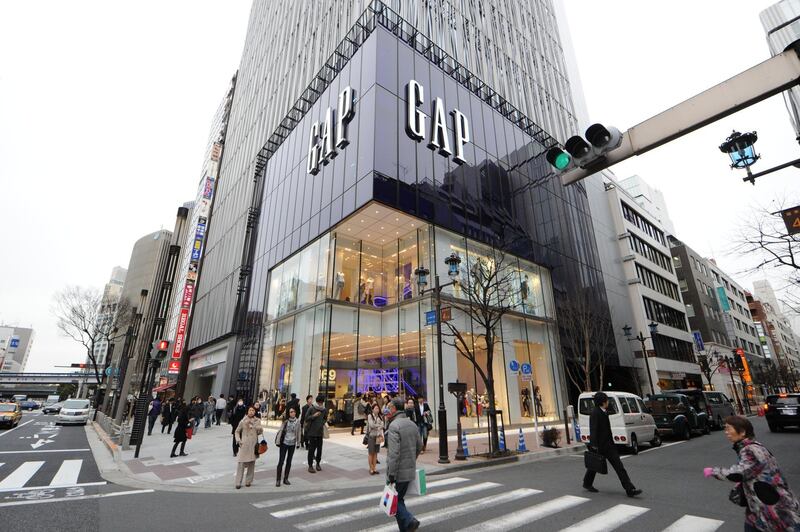Clearly, Gap is no longer the fashion calamity it was a couple of years ago.
The retailer's improvement was evident in its latest results; on Thursday it reported comparable sales growth of 5 per cent in the fourth quarter over a year earlier. That helped it achieve its first annual growth on this measure since 2013.
But if I were a Gap investor, I wouldn't start swing-dancing in my khakis just yet - because the progress seems to have a soft underbelly.
Gap announced in February it had ousted Gap brand president Jeff Kirwan. But on Thursday, it was proudly touting advancements made under his stewardship, such as improved products and faster response to trends.
Chief executive Art Peck said Mr Kirwan's dismissal was a result of inventory management missteps in the quarter, adding he has "zero patience for a lack of operating discipline".
But it's confusing that someone who made valuable contributions to Gap's turnaround would be so abruptly dumped - without a permanent successor in place - over a change Mr Peck himself said is not difficult to fix.
Mr Kirwan's departure adds to a sense that Gap's senior ranks have been something of a revolving door in recent years, including most prominently Stefan Larsson's defection from Old Navy in late 2015. But perhaps more telling is a change that didn't grab as many headlines: the ousting of Banana Republic president Andi Owen in early 2017 after she failed to revive that brand.
Remember, Mr Peck's first big move when he was named CEO was to appoint Ms Owen and Mr Kirwan to their roles. He has now axed the people he handpicked to spearhead a renaissance. This raises uncertainty about Mr Peck's ability to identify strong leaders or to remain duly patient with them when the business hits speed bumps.
Gap investors should ask Mr Peck tough questions about what he is looking for in the next leader for the Gap brand, and how he plans to make sure that person can succeed.
_______________
Read more:
Are you being judged when you enter luxury stores?
Apparel prices soar as inflation rises in United States
_______________
Also concerning was a brief line in Gap's press release Thursday that has got little attention. The company said it has taken a $71 million goodwill impairment charge related to Intermix, the luxe, trendy apparel chain it bought for $130m in 2012.
Gap hardly talks about Intermix, and we know it comprises only a tiny sliver of the company's sales.
But realising Intermix isn't worth what Gap paid for it is just one more reminder this company has a hard time figuring out the upscale end of the apparel business.
Remember Piperlime, the pricier shopping site it shuttered in 2015? Gap said it was closing that brand because, with less than $100m in revenue, it was simply a distraction from building its bigger chains.
Fair enough. But why wasn't it able to boost Piperlime sales in the first place? When I look at the robust sales at Yoox Net-a-Porter, or the speedy growth of trendy online boutique Revolve Clothing, I can't help but think Gap could've gotten a piece of that action if it had better managed Piperlime and Intermix.
You might be tempted to dismiss Gap's misses in the accessible luxury tier, especially as Mr Peck has said repeatedly that the value channel - Old Navy and outlet stores - and its Athleta activewear chain are where the company expects much of its future growth to happen.
But I see this as a missed opportunity: The value segment of the apparel business is swarming with fierce competition these days, and not just thanks to fast fashion. Target is investing heavily in stylish private-label clothing brands. Walmart is also ramping up on this, as is Amazon.
Meanwhile, the mid-priced turf where Gap and Banana Republic reside has generally been infertile ground for selling apparel. (Look no further than the struggles of J Crew Group., Chico's FAS, and Express for evidence.) A bigger upscale segment could have partially insulated Gap from these troubles.
So, sure, go ahead and laud Gap's return to comparable sales growth.
But don't tune out the signals that this company still faces uncertainties and challenges those numbers don't capture.





